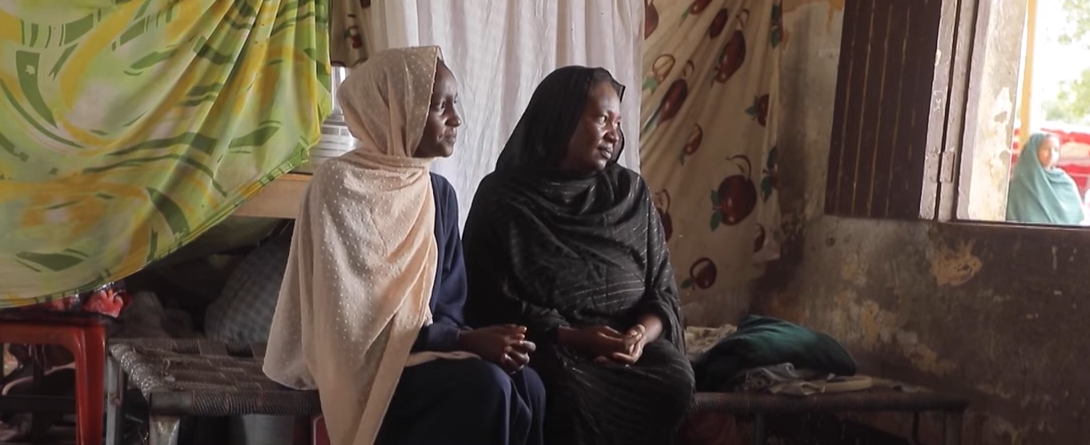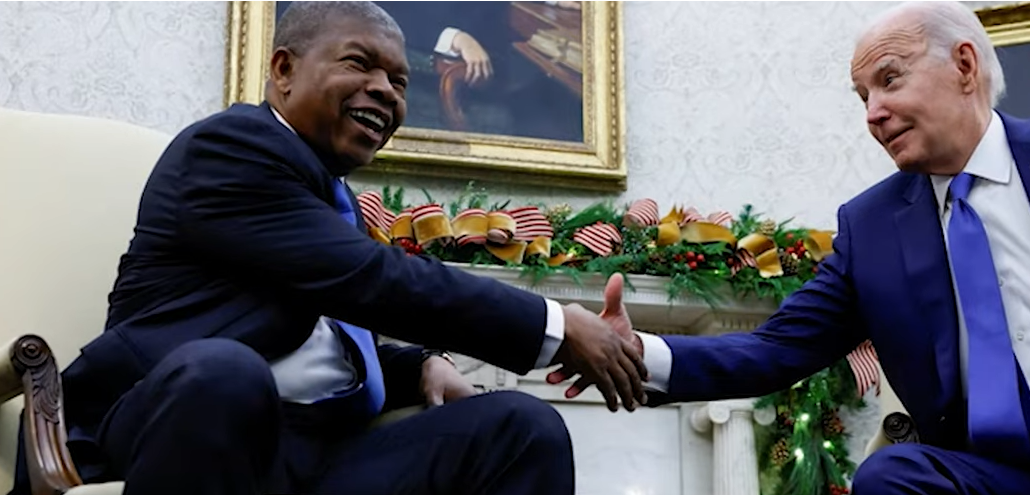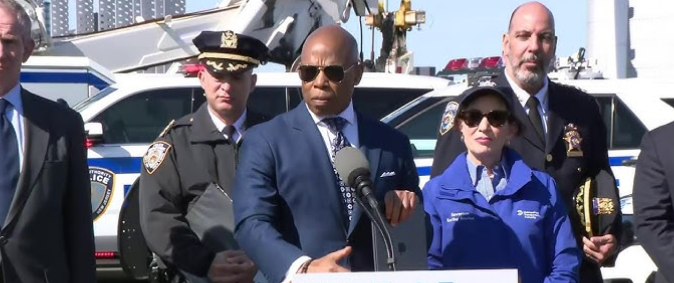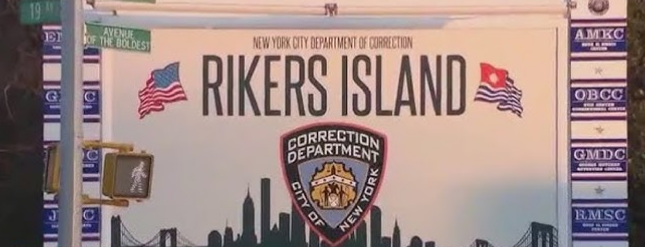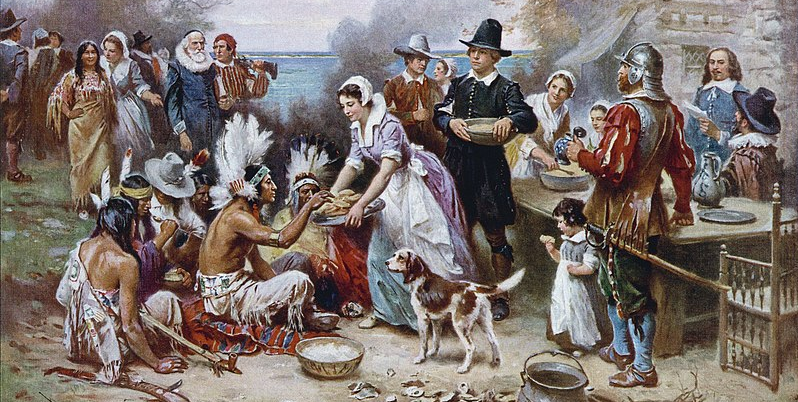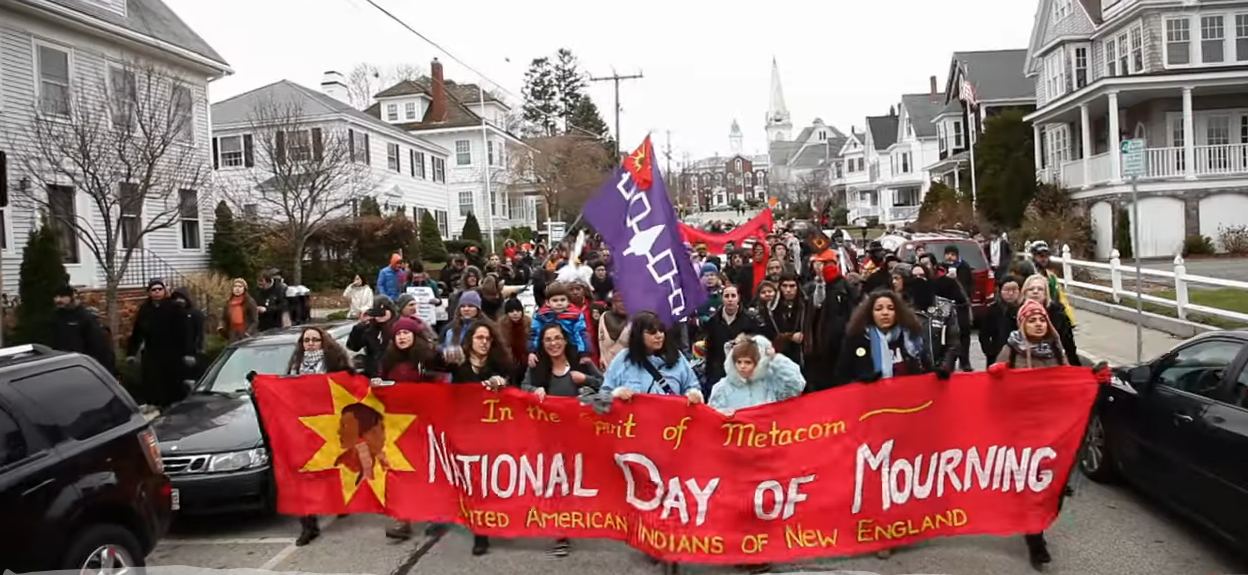There was outrage over non-indictment in killing of Brown, shown here; history of Police killings of unarmed Black men go way back, author shows
[From The Archives]
The nationwide outrage expressed over the grand jury verdicts in the police killings of Eric Garner, in Staten Island, New York, and Michael Brown, in Ferguson, Missouri, is part of a long, sad story.
Continued shootings of unarmed men of color in Madison, WI, Los Angeles, CA, Phoenix, AZ, and Pasco, WA, among too many others, suggest that the troubling practice will not likely end soon.
Six decades ago, on January 5, 1951, a solemn mass rally was planned for Harlem to protest police brutality. Organized by the local NAACP chapter, leading Black and White New Yorkers planned to attend, including Senator Jacob Javits, Congressman Adam Clayton Powell, Jr., labor leader A. Phillip Randolph, baseball legend Jackie Robinson and boxing middleweight Sugar Ray Robinson.
The Amsterdam News insisted, the “people of Harlem will be able to show the police, the district attorney and the grand jury that police brutality in the community will be tolerated no longer.”
A month earlier, on December 7, 1950, three African-American buddies were making their way home from a Harlem tavern celebrating the medical discharge from the U.S. Army of John Derrick, a 24-year-old serviceman wounded in Korea.
Accompanying Derrick were two friends, Zach Milline, a 35-year-old grocery store owner, and Oscar Farley, a 32-year-old military private. Two city patrolmen, Louis Palumbo and Basil Minakotis, stopped the group, ordering them to raise their hands.
Shots were fired. The policemen insisted Derrick pulled a gun; none was found. Milline and Farley insisted that the two cops, without warning, started shooting, killing Derrick. The district attorney’s office found that the two patrolmen were “properly performing their duties” and the county grand jury found “no basis for an indictment.”
The Derrick shooting was reminiscent of an incident that took place five years earlier, in February 1946, in Freeport, Long Island. It involved the four Ferguson brothers returning home after celebrating Charles’ reenlistment in the Army Air Force. Stopping at the local bus terminal’s tearoom, they were refused service due to their race. Charles Ferguson accused the operator with holding a “Jim Crow attitude.”
According to witnesses, Joseph Romeika, a rookie policeman, lined the brother against a wall, kicked two of them in the groin and shot and killed 27-year-old Charles Ferguson, a father of three and the Airman.
Also shot was 25-year-old Alfonso Ferguson and Joseph Ferguson, 22-years-old, who was wounded from a ricocheted bullet that had killed Charles. Adding to the miscarriage of justice, Richard Ferguson, the fourth brother, was arrested, charged with disorderly conduct, found guilty and find $100.
Romeika insisted that Charles Ferguson had a weapon and the other brothers threatened him. No gun was found and no charges were brought against the officer.
Nearly one million African-Americans – including female nurses — served in the WW-II war effort; 125,000 saw overseas duty. Nevertheless, Blacks experienced widespread discrimination in the military. The Army maintained separate Black regiments commanded by White officers; the Navy used African-American sailors as laborers; and the Marines excluded Blacks. The Red Cross segregated White from Black blood plasma.
Returning WW-II Black vets – along with other Americans — were no longer going to tolerate racial injustice that had followed WW-I.
In 1948, President Harry Truman issued an executive order barring discrimination in the armed services of the United States based on race, color, religion or national origin. However, as the Defense Department acknowledges, institutional racism persisted during the Korean War.
It found “that by mid-1951, while blacks constituted 13.5% of the total U.S. strength, 80% of all black soldiers in Korea were assigned to all-black units and almost two thirds of those in service support units.”
Racism persisted, especially in the South, and an emerging civil-rights movement challenged Jim Crow racism and the vindictive White police forces with lunch-counter sit-ins, bus boycotts and voter-registration campaigns.
In the U.S., between 1882 and 1965 there were 4,742 reported lynchings; in the post-WW-II decade of 1945-1955, 16 lynchings were reported.
In the 1950s, the Communist Party (CP), among others, saw a pattern in the killings of Derrick and Ferguson. Critics warned that this was a Northern version of Southern lynching; racist police brutality replacing the Klan.
Writing in the CP’s paper, Daily Worker, about the Derrick killing, Abner Berry railed, a “Negro army veteran only 12 hours out of uniform was lynched by two white policemen in Harlem on Pearl Harbor Day.”
In 1951, the Civil Rights Congress, a CP-affiliated organization, presented to the UN General Assembly a petition protesting U.S. police brutality. The report, “We Charge Genocide,” details killings of African-Americans in Atlanta, Birmingham, Chicago, Cleveland, Detroit, Los Angeles, Memphis, New Orleans, Washington, DC, among other cities.
It documented 57 cases involving – among the “hundreds” of reports of police brutality — “police shootings and beatings of African Americans in New York City.”
Does this sound familiar? The U.S. has an African-American president yet Black men are disproportionately arrested, imprisoned and killed by law enforcement.
Over the last half-century a lot – and very little – has changed.
Police Lynchings © David Rosen, 2015





